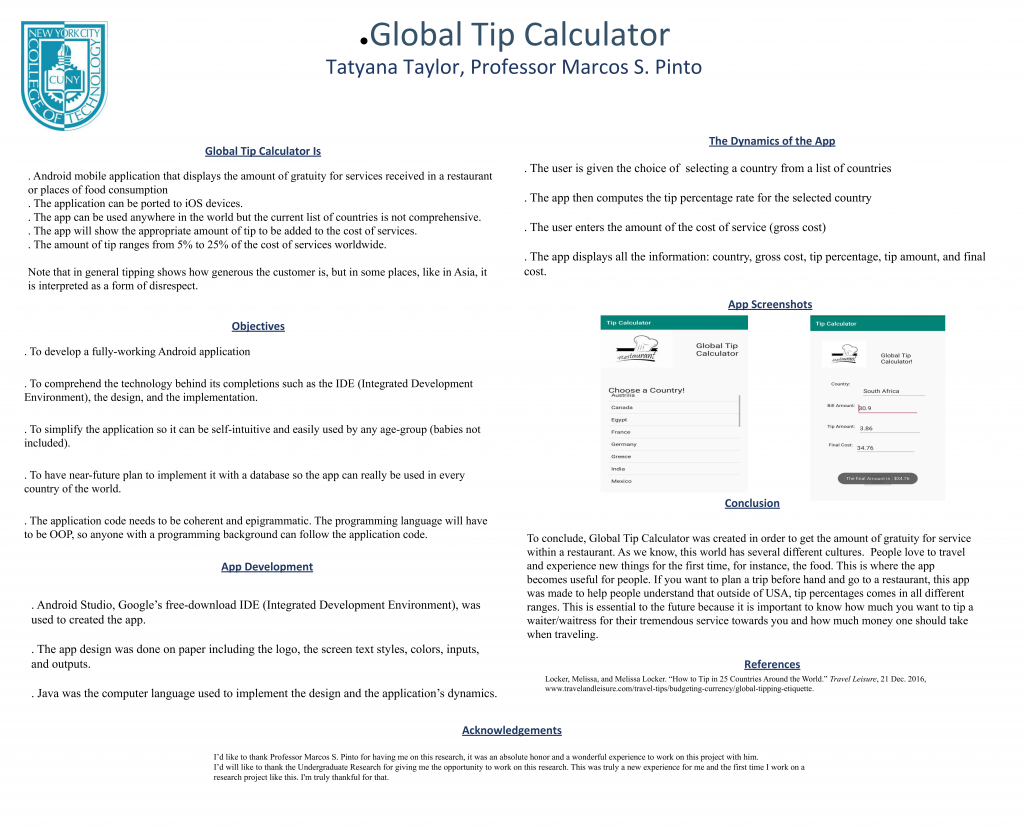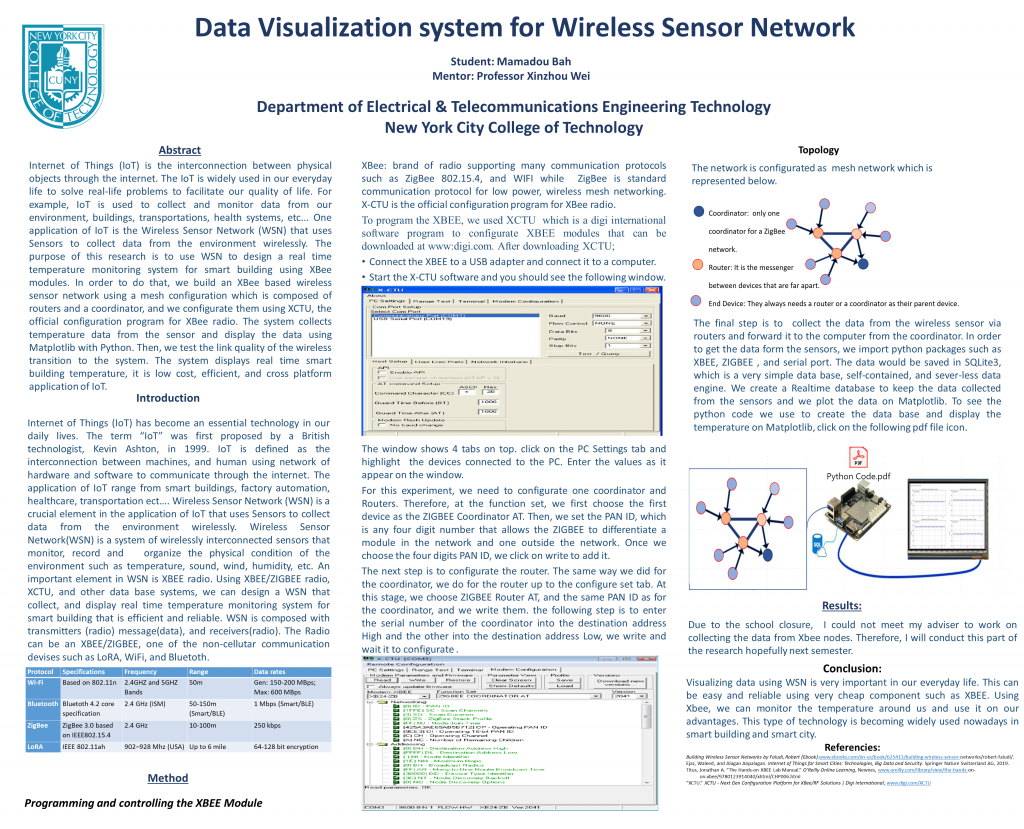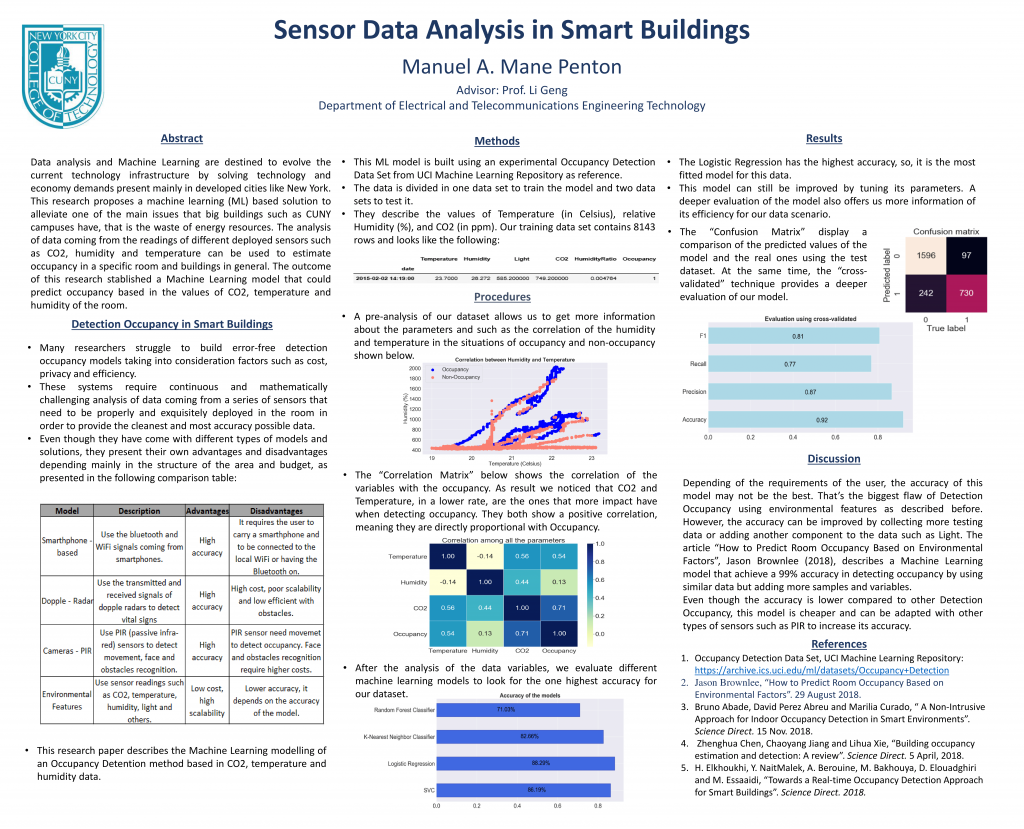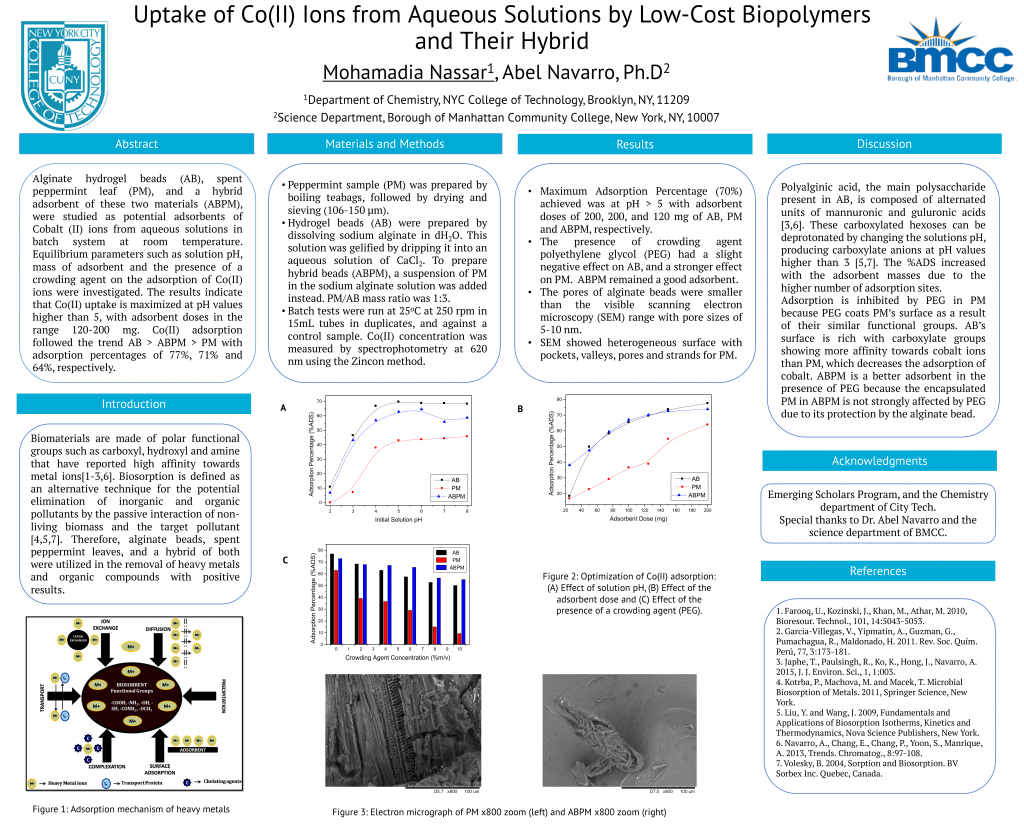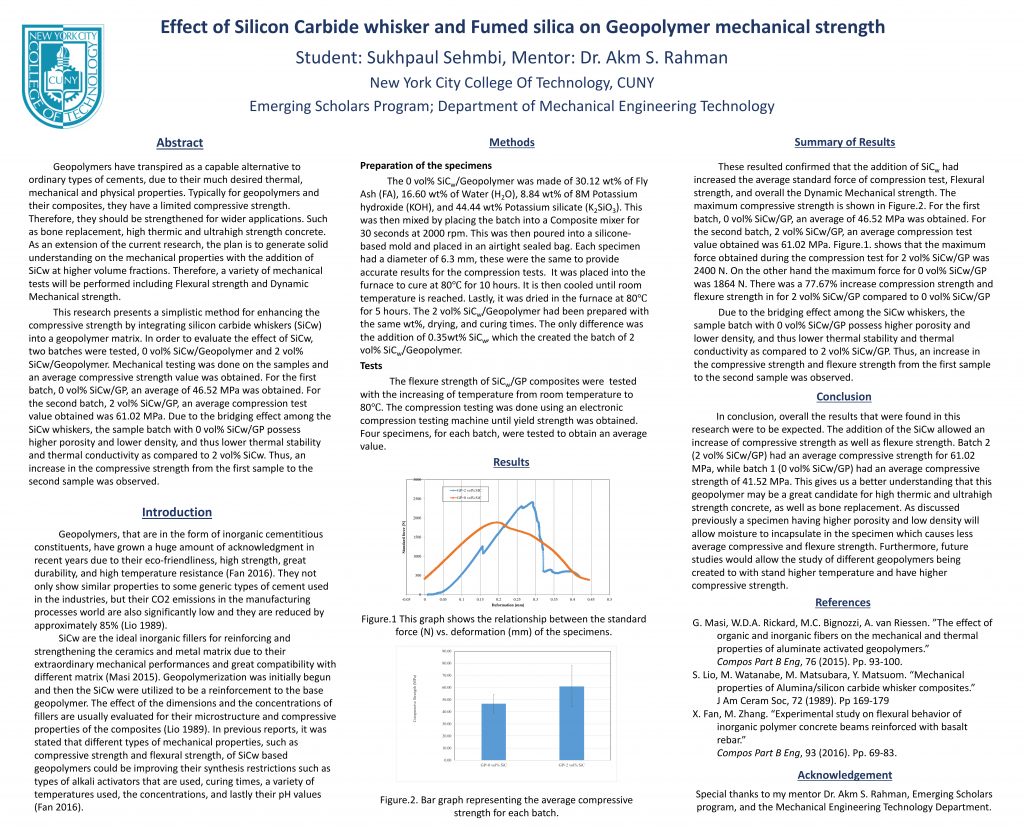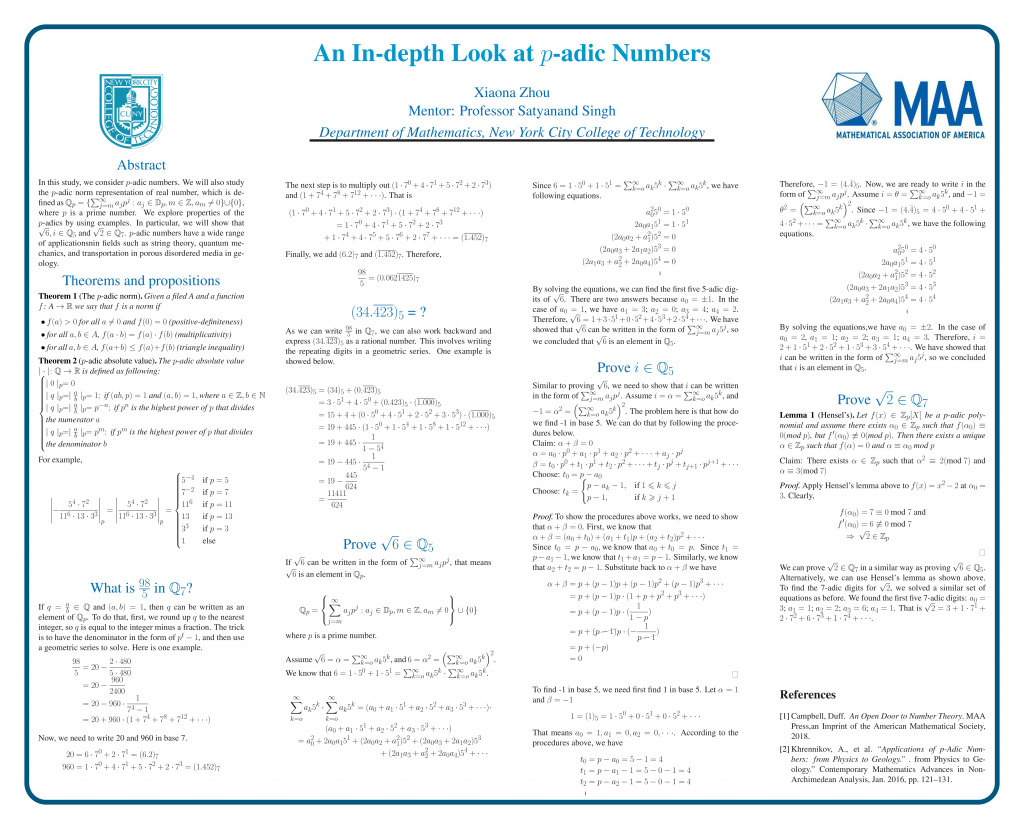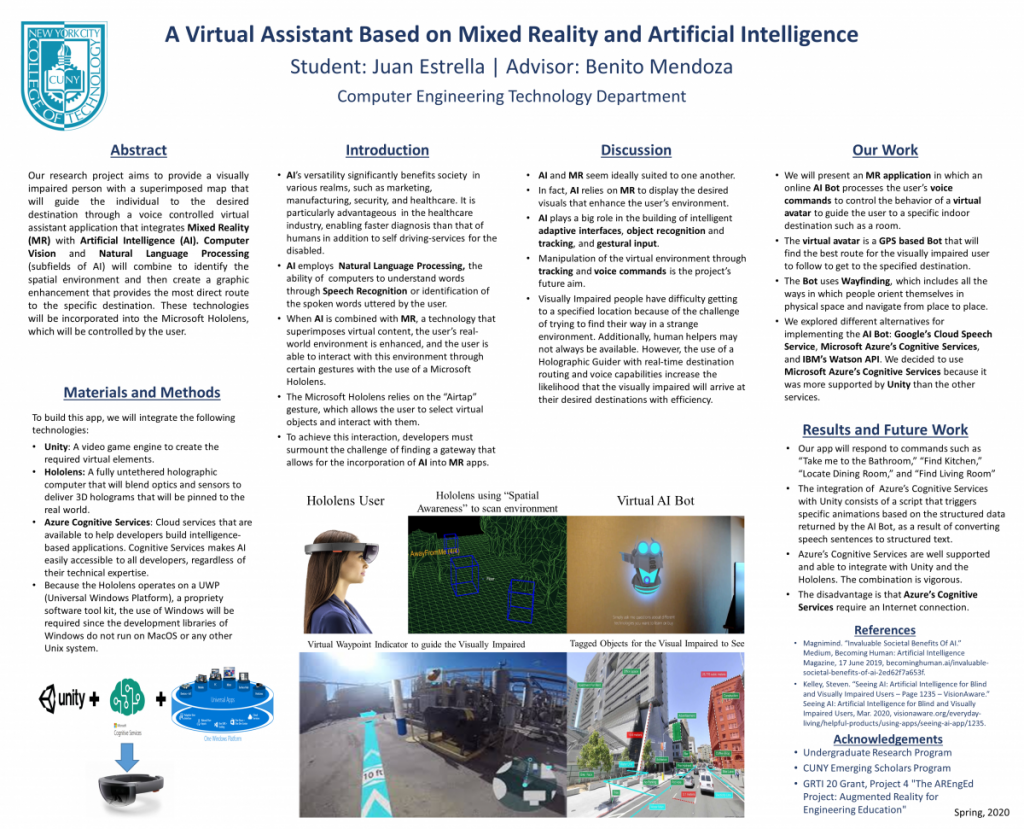My name is Tatyana Taylor and my project is called the Global Tip Calculator which calculates the gratuity of the tip for a bill at a restaurant. The importance of the research is to help users get a sense of what it’s like to tip within different countries. The Data I had collected from my research shows that not many Asian countries allow tipping, it is interpreted as a form of disrespect and that tipping ranges from 5% to 25%. In the future, this research project can be useful by implementing a database so it can be used in every country.
The world we live is rapidly moving toward the Internet of Things (IoT) which is the interconnection between human, and machines through the internet. One essential element on IoT is the Wireless sensor network (WSN). With WSN, monitoring our environment such as temperature, sound, wind, humidity is easy. This research is based on building a WSN using Xbee modules. The system collects and display real time temperature from buildings. It is simple to use, very cheap, and it is reliable. Using WSN to monitor the temperature of buildings, we can use that knowledge to monitor the temperatures of our surroundings
CUNY colleges sustainability has been doubted in the recent years because of their excessive energy consumption. In my research project, I built a machine learning model that can help alleviate this energy load. By using environmental data such as CO2, temperature, and humidity collected from a specific area or room, this model can detect occupancy with an accuracy of 90%. The result can be used to control light and HVAC systems of a building to save energy. The future steps for this research would be the development of a model able to predict the number of people inside the room.
The purpose of this project was to eliminate Cobalt (II) ions from aqueous solutions as it is a major pollutant that causes several health problems. Peppermint leaf, alginate hydrogel beads, and a hybrid of both were studied as biosorbents in batch system at room temperature. Equilibrium parameters such as pH, mass of adsorbent and the presence of a crowding agent on the adsorption of Co(II) ions were investigated. The results indicate that Co(II) uptake is maximized at pH values higher than 5, with adsorbent doses in the range 120-200 mg. Co(II) adsorption followed the trend AB > ABPM > PM with adsorption percentages of 77%, 71% and 64%, respectively. These biopolymers are proposed as eco-friendly alternatives for the removal of heavy metal ions at lower costs than conventional techniques.
The research I am conducting is on the effects of Silicon Carbide whisker and Fumed silica on Geopolymer mechanical strength. Geopolymers are already capable alternative to ordinary types of cements, due to their much desired thermal, mechanical and physical properties. Some applications for geopolymers are bone replacement, high thermic and ultrahigh strength concrete. Silicon Carbide whiskers are the ideal inorganic fillers for reinforcing and strengthening the ceramics and metal matrix due to their extraordinary mechanical performances and great compatibility with different matrix This research presents a simplistic method for enhancing the compressive strength by integrating silicon carbide whiskers into a geopolymer matrix. Compressive strength and flexure strength were collected for each specimen by using an electronic compression testing machine. Two batches of geopolymers were prepared, one was just a generic geopolymer and the second batch had an addition of the Silicon Carbide whiskers. The result showed that the batch of specimens with the addition of Silicon Carbide whiskers had a 77.67% increase in compressive and flexure strength. In conclusion the results found were surprising, with continuing of research more compounds may be tested for increased compressive strength, flexure strength, and the resistant to higher temperature.
In this study, we consider p-adic numbers. We will also study the p-adic norm representation of real number, which is defined as Qp = {P∞j=m ajp j: aj ∈ Dp, m ∈ Z, am 6= 0} ∪ {0}, where p is a √prime number. We explore properties of the p-adics by using examples. In particular, we will show that 6, i ∈ Q5 and √2 ∈ Q7. p-adic numbers have a wide range of applicationsnin fields such as string theory, quantum mechanics, and transportation in porous disordered media in geology.
In this research project, I focused on the experimental block design and its relation to the Latin Squares and Orthogonal Latin Squares. Block design allows us to conduct experiments involving multiple variables in a very efficient and effective way. In order to elaborate my point, I used a simple scenario. The experiment consists of combining five instances of each temperature, chemical, and machine, where each experiment cost $1000, and with a budget restriction of $25000. Block design solves this problem using a matrix with the same properties as Latin Squares of size (5×5). It turns out that Latin Squares is a very interesting tool to optimize the number of experiments –involving three variables– needed to reach the expected outcomes. The notion of Orthogonal Latin Squares expands that idea further to any number of variables relatively to the size of the original matrix. Any additional Latin Square Matrix gives us the possibility to add an additional variable to the experiment. Latin Squares can at best have (n-1) Orthogonal Matrices where n is the size of the original matrix.
This presentation focuses on the fabrication process of a jeweler’s hammer: a durable tool that is much more lightweight and manageable than the claw hammer most people are familiar with. With my Mechanical Engineering professor, we went through the process, and as we did, I recorded each step in great detail. From the detailed procedure, I developed a simpler guide to making a jeweler’s hammer for yourself. The whole process involves only the lathe machine, and requires minimal precision for the most part. Furthermore, it is straightforward and easy to follow, granting anyone with the capability to read the ability to become an expert machiner, and eventually, an owner of a tool they made themselves.
This study investigated global lakes surface temperature variabilities using remote sensing and in situ observations in order to understand climate change impact on lakes. Linear regression tools have been used to analyze data and to obtain lake surface water temperature, surface area changes per decades for 394 lakes. Results show that 45.67% of the studied lakes are warming, and about 54.32% of them are cooling. Furthermore, 62.94% of the lakes are shrinking while 29.69% of them are growing. Additionally, there is a positive correlation between water and land temperature. It’s also been noted that lake surface area changes are negatively correlated with water temperature changes.
The creation of my app combines Mixed Reality with Artificial Intelligence, in particular Natural Language Processing, Computer Vision, and Image Recognition. The aim of this app is to enhance the ability of the visually impaired to navigate their way via super-imposed “waypoints” (like over-sized arrows), affording greater independence in their handling of day-to-day affairs. My initial studies with a Microsoft Hololens and Computer Vision/Voice Recognition show that objects can be identified in text form. My prototype demonstrates successful identification of everyday objects from 40-99%. Collected data suggests success in employing a virtual assistant to guide the user in their navigation to a destination. Next steps are taking this from the lab onto the street.

